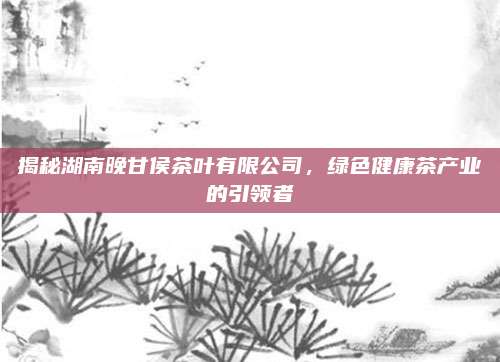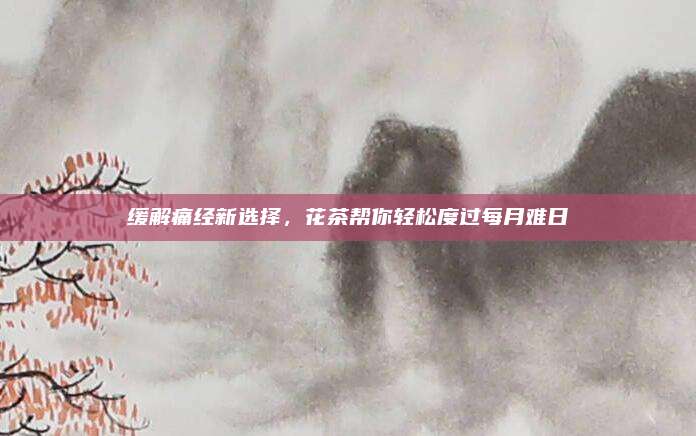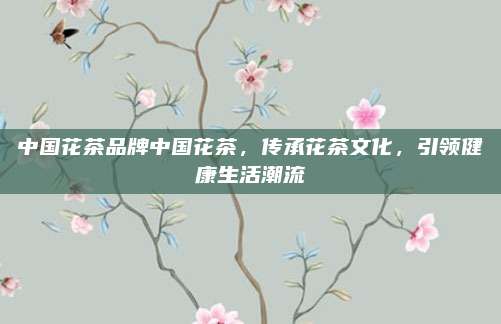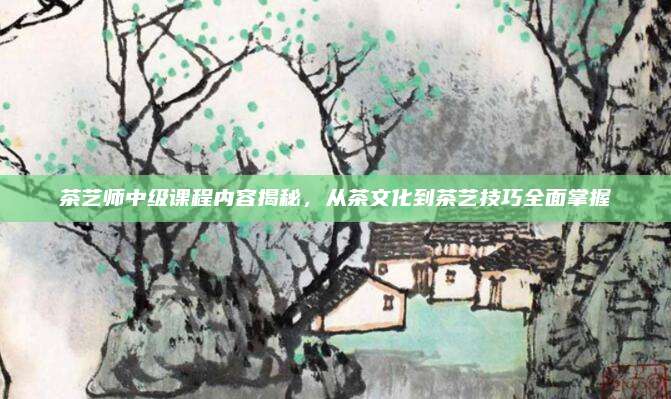Introduction:
Tea, an ancient beverage with a rich history, has been enjoyed by millions around the globe for centuries. With its numerous health benefits and diverse flavors, tea has become a staple in many cultures. Whether you're a seasoned tea connoisseur or a beginner looking to explore the world of tea, understanding the different varieties and their English names is the first step in your journey. In this article, we will delve into the world of tea, exploring the various types and their English counterparts, as well as some related terms to help you navigate the tea landscape.

Black Tea:
Starting with the most popular type of tea, black tea is fully oxidized and offers a robust flavor profile. Its English name comes from the dark color of the leaves after processing. Some popular black tea varieties include Earl Grey, English Breakfast, and Darjeeling. Black tea is known for its high caffeine content and is often enjoyed with milk and sugar.
Green Tea:
Green tea is unfermented, which preserves its bright green color and subtle, grassy flavor. It is a favorite among health enthusiasts for its numerous health benefits, including its high content of antioxidants. Common green tea varieties include Japanese Sencha, Chinese Gunpowder, and Korean Matcha. The term "matcha" specifically refers to a fine, powdered green tea used in traditional Japanese tea ceremonies.
White Tea:
White tea is the least processed of all tea types, making it the rarest and most delicate. It undergoes minimal oxidation and is known for its light, floral aroma. Famous white tea varieties include Chinese Bai Mu Dan and Darjeeling Silver Tips. The term "Bai Mu Dan" translates to "White Peony," which is a reference to the appearance of the tea leaves.
Oolong Tea:
Oolong tea is semi-fermented, lying somewhere between green and black tea. It offers a unique flavor spectrum, ranging from fruity and floral to sweet and rich. Some well-known oolong teas are Taiwanese High Mountain, Chinese Wuyi Rock, and Formosa Oolong. The term "High Mountain" refers to the high-altitude regions where many of these teas are grown.
Herbal Tea:
Herbal teas, also known as tisanes, are made from the leaves, flowers, and roots of various herbs and plants. They do not contain actual tea leaves and are caffeine-free. Common herbal tea varieties include Chamomile, Peppermint, and Ginger. The term "tisane" is often used to distinguish these herbal infusions from true teas.
Red Tea:
Red tea, also known as Rooibos, is a herbal tea that originates from South Africa. It is known for its reddish color and is naturally caffeine-free. Red tea is a popular choice for those looking for a relaxing alternative to traditional tea. The term "Rooibos" is the Afrikaans word for "red bush."
Pu-erh Tea:
Pu-erh tea is a unique fermented tea that originates from Yunnan, China. It is known for its earthy, woody flavor and is often aged for many years. Pu-erh tea is available in two main types: raw (Sheng) and ripe (Shou). The term "Pu-erh" refers to the region where the tea is produced.
Conclusion:
Understanding the different types of tea and their English names is essential for anyone looking to explore the vast and varied world of tea. Whether you prefer the bold flavor of black tea, the delicate aroma of white tea, or the rich complexity of oolong tea, there is a perfect cup of tea out there for everyone. As you embark on your tea journey, remember to savor each sip and enjoy the unique qualities that each tea variety has to offer.
(Note: This article is intended for informational purposes and does not contain specific industry reports or data. It aims to provide a comprehensive guide to the various tea types and their English names, along with related terms.)














还没有评论,来说两句吧...